The history of Rome’s urban development is a fascinating journey that spans over two and a half millennia. Rome, often referred to as the “Eternal City,” has a rich history that has significantly influenced the development of urban planning and architecture.
- Ancient Rome (c. 753 BC – 476 AD):
- Founding and Early Development: According to legend, Rome was founded in 753 BC by Romulus and Remus. The city grew from a small settlement on the Palatine Hill to a powerful city-state. The Roman Forum, a central public space, played a vital role in the social, political, and economic life of ancient Rome.
- Republican Period: During the Roman Republic (509–27 BC), Rome expanded its territory, and its urban layout evolved. The construction of roads, bridges, and aqueducts facilitated communication and trade. The Roman architectural principles of order and symmetry began to emerge.
- Imperial Rome (27 BC – 476 AD):
- Golden Age of Architecture: The reign of Augustus (27 BC – 14 AD) marked the beginning of the Pax Romana (Roman Peace), a period of relative stability and prosperity. This allowed for ambitious construction projects, such as the Pantheon, the Colosseum, and the Baths of Diocletian.
- Infrastructure and Planning: The Romans excelled in engineering, constructing a vast network of roads like the famous Appian Way, aqueducts, and sewage systems. The city’s population grew, leading to the development of multi-story apartment buildings called insulae.
- Medieval Rome (476 AD – 15th Century):
- Decline and Transformation: With the fall of the Western Roman Empire in 476 AD, Rome entered a period of decline. The city’s population decreased, and many structures fell into disrepair. The focus shifted from grand urban planning to survival, with the construction of defensive walls like the Aurelian Walls.
- Ecclesiastical Influence: Rome became the center of Christianity, and the Papal States played a crucial role in the city’s development. The construction of churches, such as St. Peter’s Basilica, became central to the city’s identity.
- Renaissance and Baroque Periods (15th – 18th Century):
- Revival of Classical Influences: During the Renaissance, there was a renewed interest in classical Roman and Greek architecture. Popes and wealthy families commissioned works by architects like Bramante, Michelangelo, and Bernini, resulting in the creation of magnificent palaces, churches, and squares.
- Baroque Urban Design: The Baroque period introduced dramatic and dynamic architectural styles. The design of public spaces, such as Piazza Navona, became more elaborate and theatrical.
- Modern and Contemporary Rome (19th Century – Present):
- Unification of Italy: In 1870, Rome became the capital of a newly unified Italy. This period witnessed the demolition of medieval neighborhoods to make way for broad avenues, such as Via Nazionale.
- Fascist Architecture: Under Mussolini’s regime in the early 20th century, Rome experienced a period of monumental architecture, including the construction of the EUR district.
- Post-War Development: The post-World War II period saw rapid urbanization, with the development of suburbs and modern infrastructure. Contemporary Rome grapples with the challenges of preserving its historical character while accommodating the needs of a modern city.
Throughout its history, Rome has been a dynamic urban center, evolving in response to political, social, and economic changes. The layers of history are evident in its architecture, streets, and public spaces, making Rome a unique and captivating city.

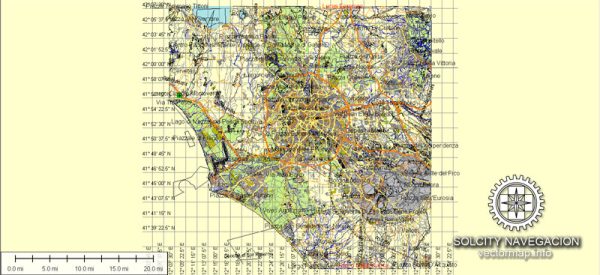
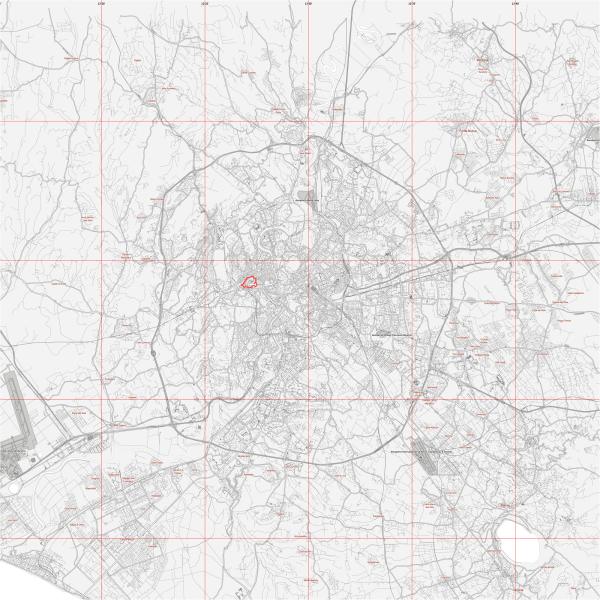
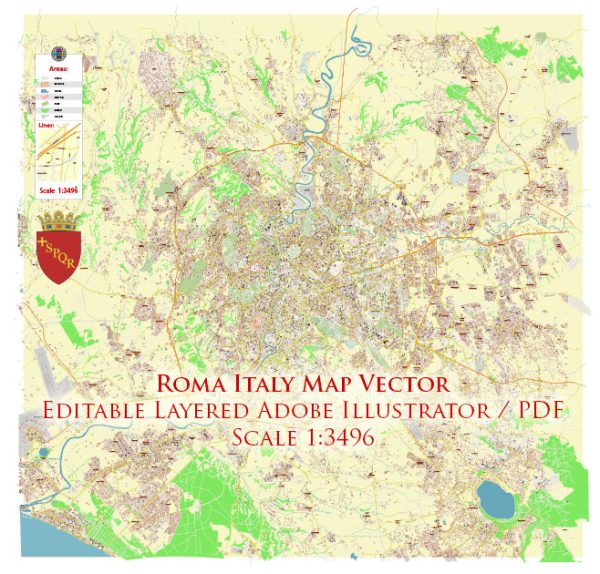
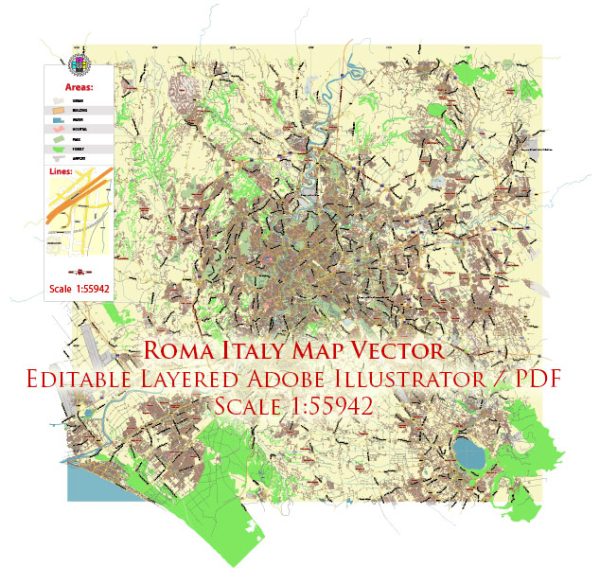
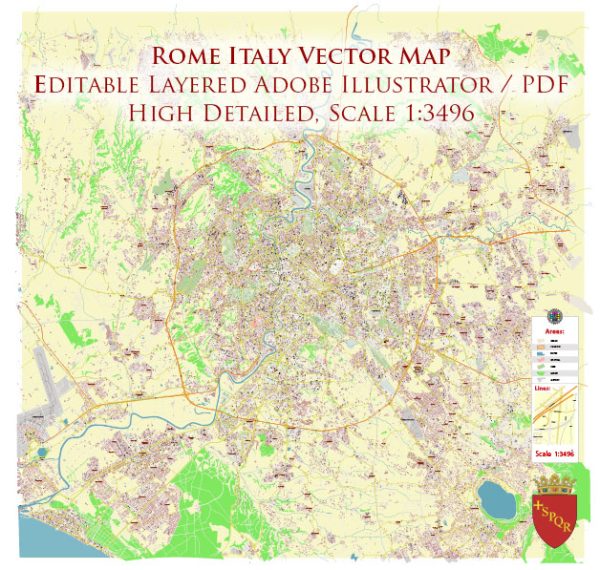
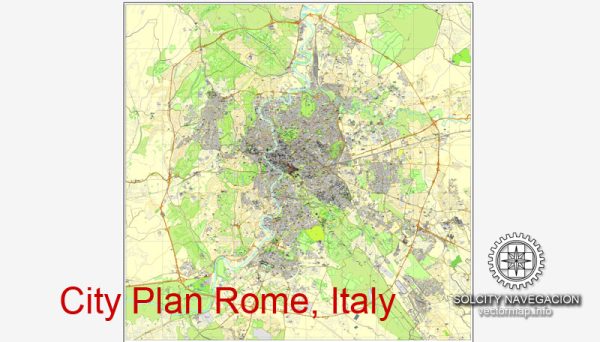
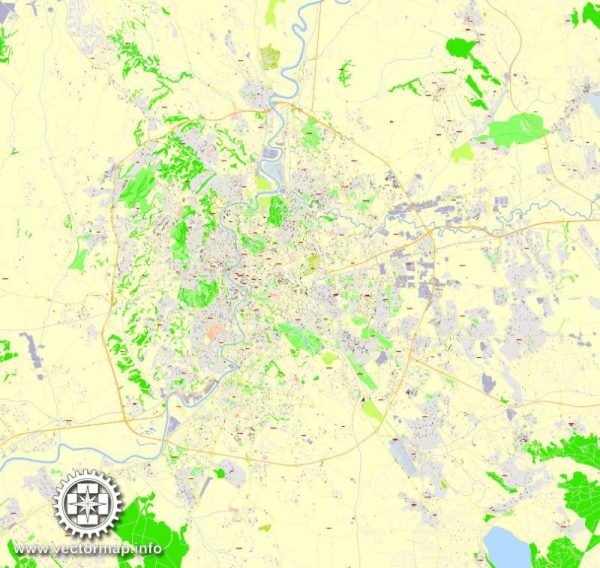
 Author: Kirill Shrayber, Ph.D.
Author: Kirill Shrayber, Ph.D.